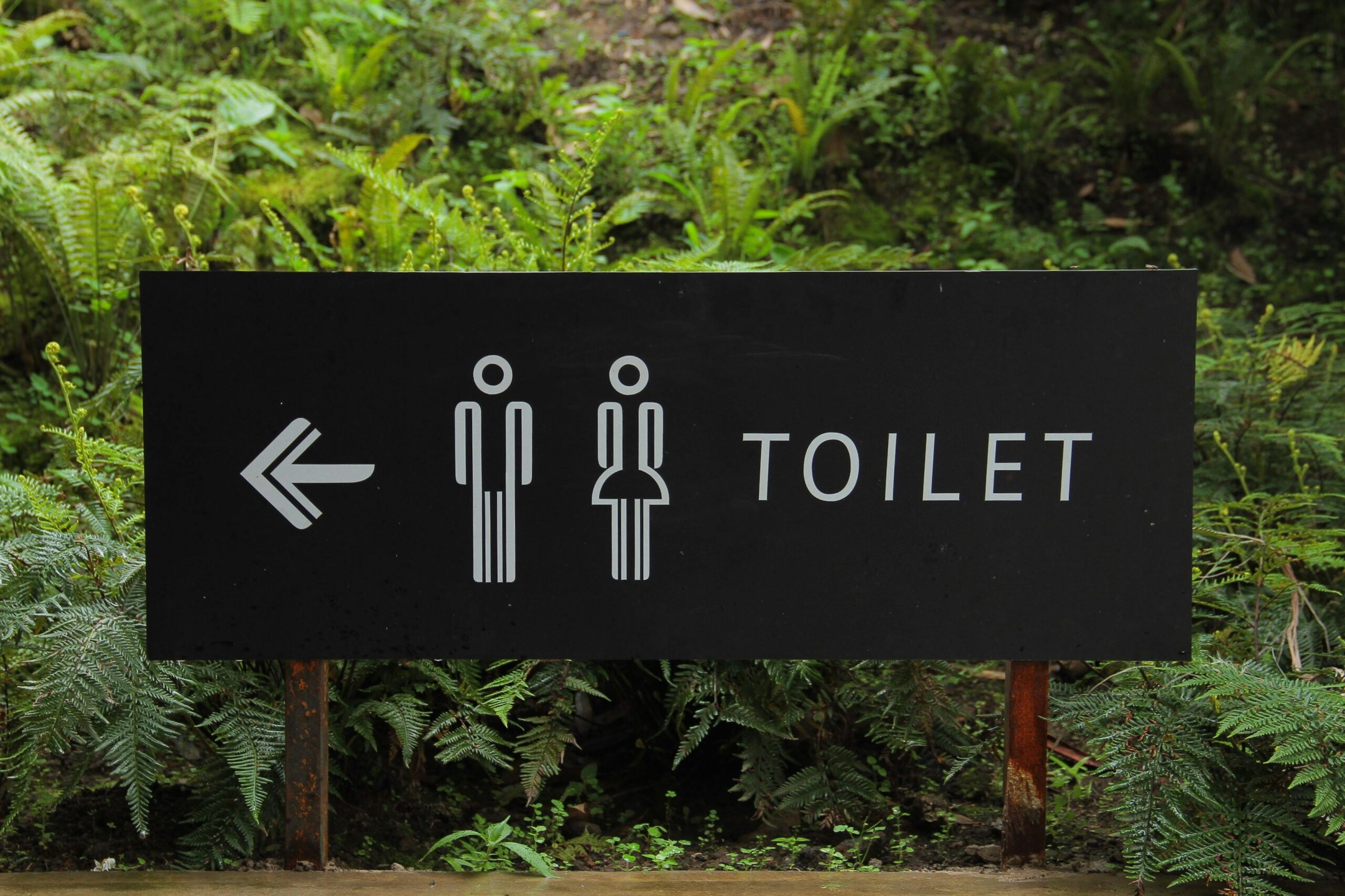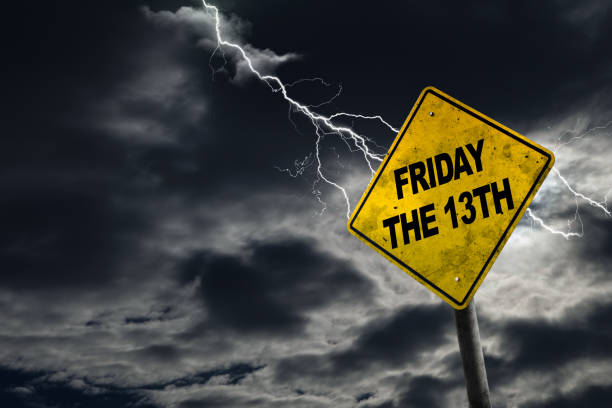The Kenya National Cricket Team has carved out a unique niche in the annals of cricket history. Established in the early 20th century, the team has undergone significant transformations, from its humble beginnings to its prominence on the world stage. As of 2023, Kenya holds an important place in the international cricketing community, competing primarily in the One Day International (ODI) and Twenty20 formats. The team’s journey is a tale of resilience, talent, and groundbreaking achievements.
Historical Background
Cricket in Kenya has roots dating back to the 19th century, introduced by British colonists. The Kenya Cricket Association was formed in 1951, leading to the establishment of a structured cricketing framework in the country. The national team made its international debut in 1963 and played its first ODI in 1996, coinciding with the ICC Cricket World Cup.
The team’s most significant achievement came in 2003 when Kenya reached the semi-finals of the Cricket World Cup, marking a historic milestone not only for Kenyan cricket but for African cricket as a whole. This performance showcased Kenya’s potential and placed the nation firmly on the global cricketing map.
Current Global Ranking
As of 2023, the Kenya National Cricket Team is classified as an Associate Member of the International Cricket Council (ICC). While the team has fluctuated in rankings over the years, it currently sits at 14th in the ICC ODI rankings. This position reflects the competitive nature of international cricket and the challenges faced by Associate nations, which often lack the resources and infrastructure of Full Member countries. Kenya’s ranking indicates a need for strategic development and investment in grassroots cricket to foster future talent.
The Greatest of All Time: Steve Tikolo
When discussing the greatest Kenyan cricketer, one name stands out: Steve Tikolo. Tikolo, often dubbed the “greatest of all time” in Kenyan cricket, made a profound impact on the game both as a player and a captain. Born on December 28, 1971, in Kisumu, Tikolo made his international debut in 1996 and became a cornerstone of the national team for over a decade.
Tikolo’s statistics speak volumes. He scored over 3,500 runs in ODIs, making him one of the highest run-scorers for Kenya. His batting average, combined with his ability to anchor innings, made him an indispensable player. Tikolo’s leadership qualities shone through during Kenya’s remarkable 2003 World Cup campaign, where he inspired a team of relatively inexperienced players to achieve historic victories over cricketing powerhouses like Sri Lanka and Zimbabwe.
Beyond the numbers, Tikolo’s influence extends into cricket development in Kenya. He has been involved in coaching and mentoring young cricketers, ensuring that his legacy continues. His impact on the sport has elevated Kenya’s status in cricketing circles, serving as a beacon of hope for aspiring players.
Key Players in the Current Squad
While the legacy of Tikolo looms large, the current Kenyan cricket squad features talented individuals poised to elevate the team’s profile further. Here are three key players making significant contributions:
- Collins Obuya
Collins Obuya is a seasoned all-rounder known for his explosive batting and sharp leg-spin bowling. Born on December 4, 1982, in Nairobi, Obuya first gained international attention during the 2003 World Cup, where his performances helped propel Kenya to the semi-finals. With over 2,500 runs in ODIs and more than 100 wickets, he remains a crucial asset to the team. His experience and leadership qualities play a vital role in mentoring younger players and fostering a competitive spirit within the squad. - Shem Ngoche
Shem Ngoche has emerged as a prominent figure in the Kenyan bowling lineup. As a left-arm orthodox spinner, he provides a different dimension to the team’s bowling attack. Ngoche’s ability to contain runs and take wickets at critical moments has earned him respect both domestically and internationally. He has been instrumental in Kenya’s recent successes in regional competitions, showcasing the potential for growth within the team. - Irine Muriuki
Irine Muriuki represents the future of Kenyan cricket. As one of the few women in the current squad, she has become a role model for aspiring female cricketers in Kenya. Her all-round capabilities, particularly in batting and fielding, highlight the growing inclusion and development of women’s cricket in the country. Muriuki’s performances have drawn attention to the need for greater investment in women’s sports, and her journey serves as an inspiration for young girls aspiring to pursue cricket professionally.

Challenges and the Road Ahead
Despite the progress made, the Kenya National Cricket Team faces numerous challenges. Infrastructure deficits, limited financial resources, and a lack of competitive domestic cricket hinder the development of talent. The absence of a structured domestic league impacts player visibility and development, making it difficult for aspiring cricketers to gain experience.
Moreover, the team must navigate the competitive landscape of Associate cricket. With numerous countries vying for limited spots in global tournaments, maintaining and improving their ranking is crucial. The Kenyan cricket authorities have recognized the importance of youth development programs and grassroots initiatives. Fostering cricket in schools and local communities is essential for building a sustainable talent pipeline.
The Role of Governance
The governance of cricket in Kenya has faced its share of controversies. Administrative challenges and management issues have at times overshadowed the team’s on-field performances. The Kenya Cricket Board has made efforts to stabilize operations and regain trust among stakeholders. Improved governance will be critical in attracting sponsorship and investment, ultimately enhancing the overall state of cricket in the country.
Conclusion
The Kenya National Cricket Team has a rich history marked by remarkable achievements and iconic players. From Steve Tikolo’s legendary status to the emerging talents of Collins Obuya, Shem Ngoche, and Irine Muriuki, the team reflects the potential and passion that exists within Kenyan cricket. As the team navigates the complexities of international cricket, its future hinges on effective governance, grassroots development, and investment in infrastructure. With a dedicated approach, the Kenya National Cricket Team can aspire to reclaim its position among the elite in the cricketing world, inspiring future generations along the way.

















